On the morning of July 30, within the framework of the Semiconductor Technology Investment Connection Day 2024 event series, the Hanoi Center for Investment, Trade and Tourism Promotion (HPA) organized a seminar on "Potentials and challenges of attracting foreign investment in the semiconductor industry in Hanoi".
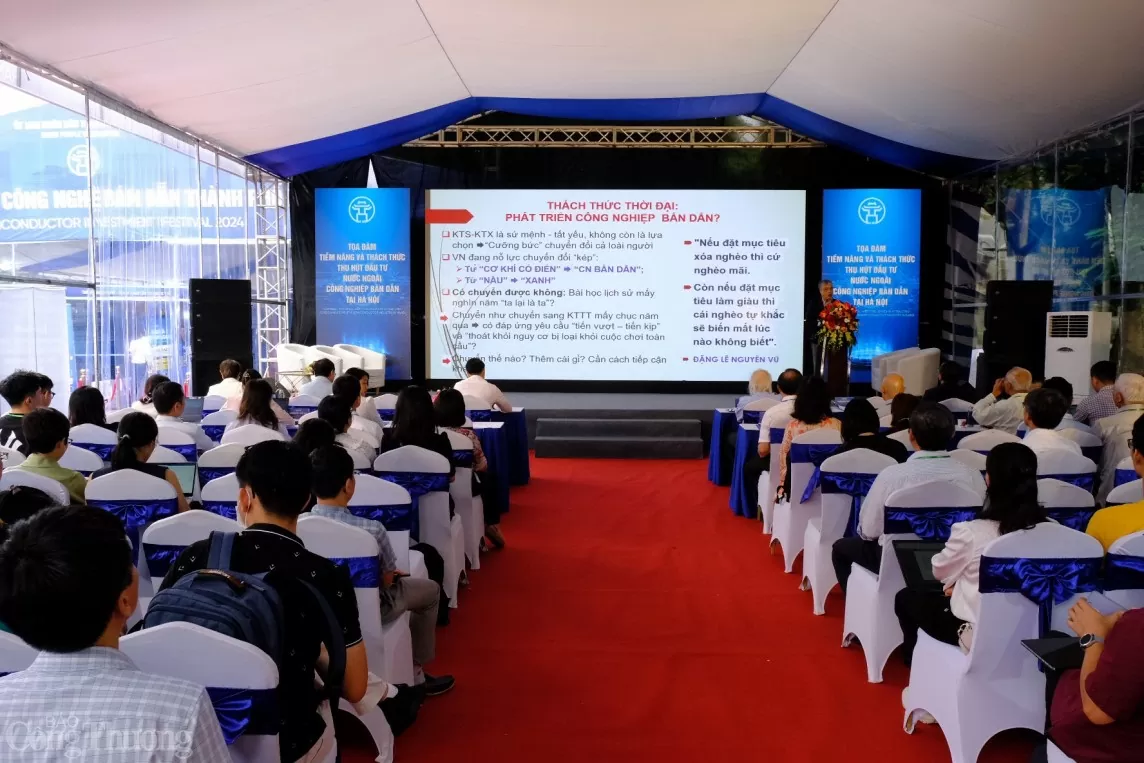 |
| Overview of the discussion. Photo: Tran Dinh |
Hanoi faces great opportunities to promote semiconductor industry
In the context of globalization and rapid technological development, the semiconductor industry has become an important pillar in the digital economy. Hanoi, with its strategic location and outstanding development potential, is emerging as an attractive destination for foreign investors in this field.
Pursuant to the Capital Law No. 39/2024/QH15 dated June 28, 2024, semiconductors are identified as a priority sector to attract strategic investors of the capital. Strategic investors selected according to regulations in the semiconductor sector will enjoy many investment incentives of Hanoi.
At the discussion session, Prof. Dr. Nguyen Mai, former Principal of the University of Commerce; Former Vice Chairman of the Hanoi People's Committee, stated that Hanoi currently has many advantages to develop the semiconductor component manufacturing industry. Typically, Hanoi is the political and administrative center of Vietnam. The capital currently has the headquarters of 2 Academy of Sciences, dozens of universities with a team of professors and leading experts in science and technology; the number of enterprises is increasing.
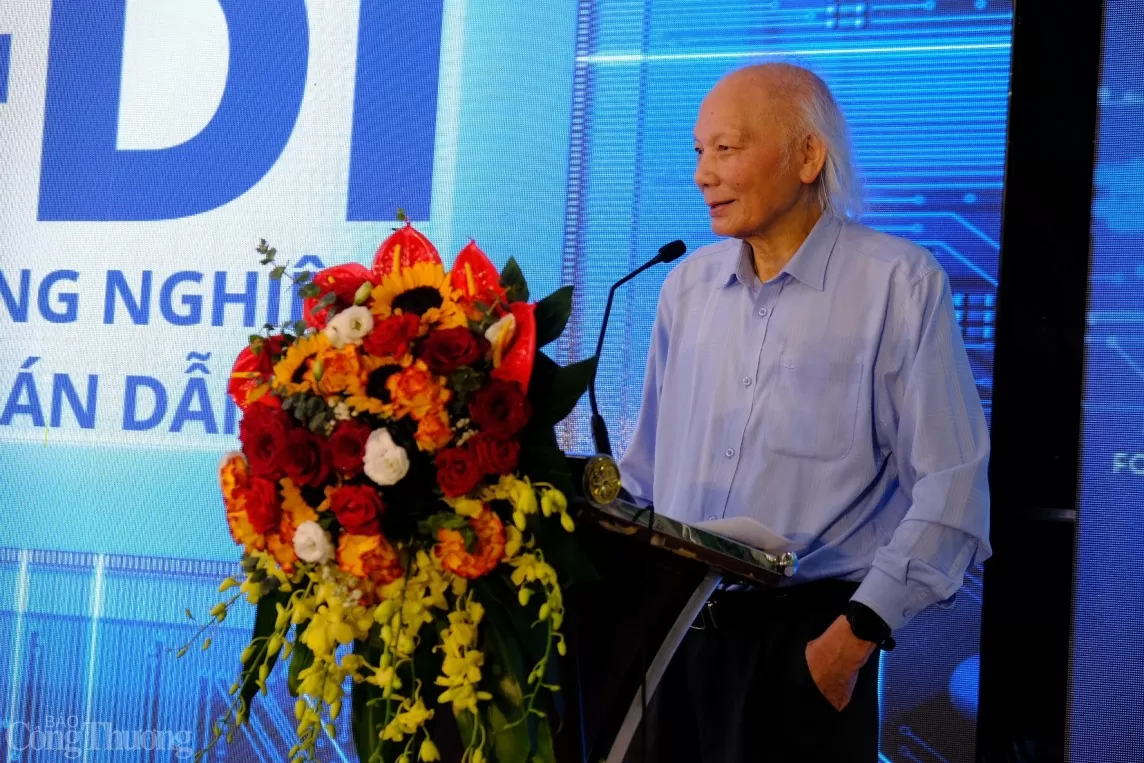 |
| Professor, Doctor of Science Nguyen Mai presents a report on the discussion session. Photo: Tran Dinh |
Notably, Savills research organization pointed out that in the period of 2016 - 2022, the sudden increase in electronics and phone export turnover reflects the process of improving Vietnam's position in the value chain. With the above potential, Hanoi is considered one of the provinces and cities developing the semiconductor manufacturing industry in our country.
Currently, businesses are also considering Hanoi in particular and Vietnam in general as investment destinations to increase production. Typically, Apple has completed the transfer of 11 factories to Vietnam, while technology company Intel has also expanded the second phase of its microchip testing factory in Ho Chi Minh City with an investment capital of 4 billion USD until 2025. At the same time, Boeing, Google and Walmart have announced plans to expand their supplier network and production facilities in Vietnam after studying the market.
In addition, Vietnam has rare earth reserves of about 22 million tons, half of China's. This plays an important role in mastering raw materials for semiconductor production. In addition, Vietnam also has advantages in attracting FDI in renewable energy such as wind power, solar power, and future technology.
With Vietnam's economic growth forecast for 2024 at around 6.5%, industry and construction on the path of recovery, 17 new-generation FTAs implemented, and the success of economic diplomacy, it could signal a new wave of higher-quality and more effective FDI that will take place from this year and the next few years.
Facing the development trend of the semiconductor industry and having many competitive advantages, Professor, Doctor of Science Nguyen Mai proposed that in order to seize the opportunity, Hanoi needs to build a list of investment incentive projects, proactively discuss and find development solutions with the Ministry of Planning and Investment. At the same time, improve investment promotion activities and overcome current bottlenecks, especially issues of energy supply, transport infrastructure, and social security.
How to turn challenges into development motivation?
Also at the seminar, Associate Professor Dr. Tran Dinh Thien, former Director of the Vietnam Economic Institute, said that Hanoi in particular and Vietnam in general are facing the challenge of competing in the global semiconductor technology market. Specifically, in the past 3 years, the US has attracted 395 billion USD in foreign investment in semiconductor production, and announced the disbursement of 50 billion USD to US companies and organizations for research, development and chip production, strengthening the supply chain.
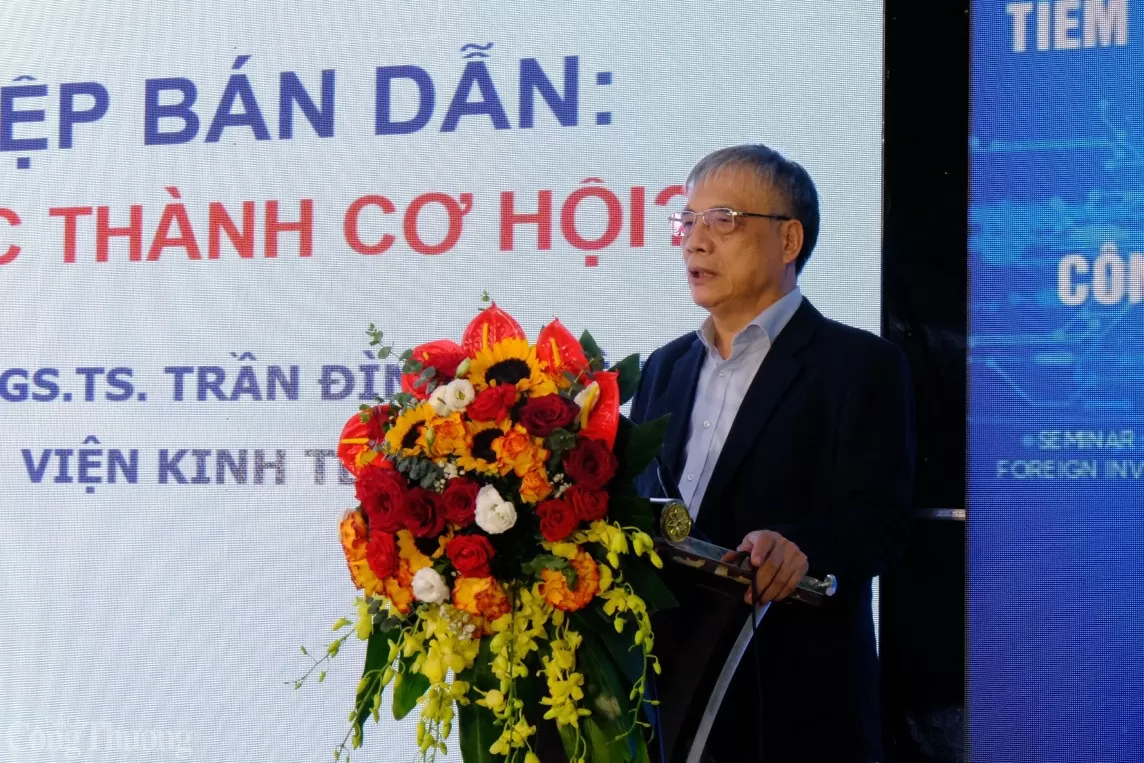 |
| Associate Professor, Dr. Tran Dinh Thien pointed out the challenges to developing the semiconductor industry in our country. Photo: Tran Dinh |
In addition, eight large Japanese companies have spent more than $30 billion to regain their leadership position in the chip industry. Meanwhile, China is also "quietly" surpassing the new industrial cluster ecosystem including AI technology and semiconductor chips.
Regarding achievements in the semiconductor industry, Associate Professor Dr. Tran Dinh Thien said that 15 years ago, Vietnam invested hundreds of millions of USD in many key laboratories, including a laboratory related to semiconductor technology with more than 4 million USD.
Along with that, Vietnam also participates in the global semiconductor chain as an emerging manufacturer, assembler and tester (OSAT - accounting for 6% of the value of semiconductor products). In 2022, our country will export semiconductor equipment worth 6.5 billion USD, up 83% compared to last year, accounting for 3.8% of the world's export capacity, ranking in the Top 3 in Asia in exporting BD substances to the US. In the medium term, Vietnam has the potential to become an OSAT center in the Southeast Asian region.
However, Vietnam currently lacks the basic stages of the semiconductor industrial ecosystem including technology, chain, human resources, capital, data, and energy.
Faced with the above challenges, to create development momentum, Associate Professor, Dr. Tran Dinh Thien stated that our country needs to implement breakthrough approaches. Typically, implementing reform programs, transforming the development value system, and identifying challenges at the right level. At the same time, building a new industrial ecosystem, strengthening the national program for training human resources in the semiconductor industry. Notably, Vietnam should also research on renewable energy development strategies such as hydrogen. More importantly, Hanoi and other provinces and cities across the country need to expand programs to strengthen internal strength, innovation capacity, and national startups.
Source: https://congthuong.vn/ha-noi-co-nhieu-du-dia-thuc-day-cong-nghiep-ban-dan-335695.html








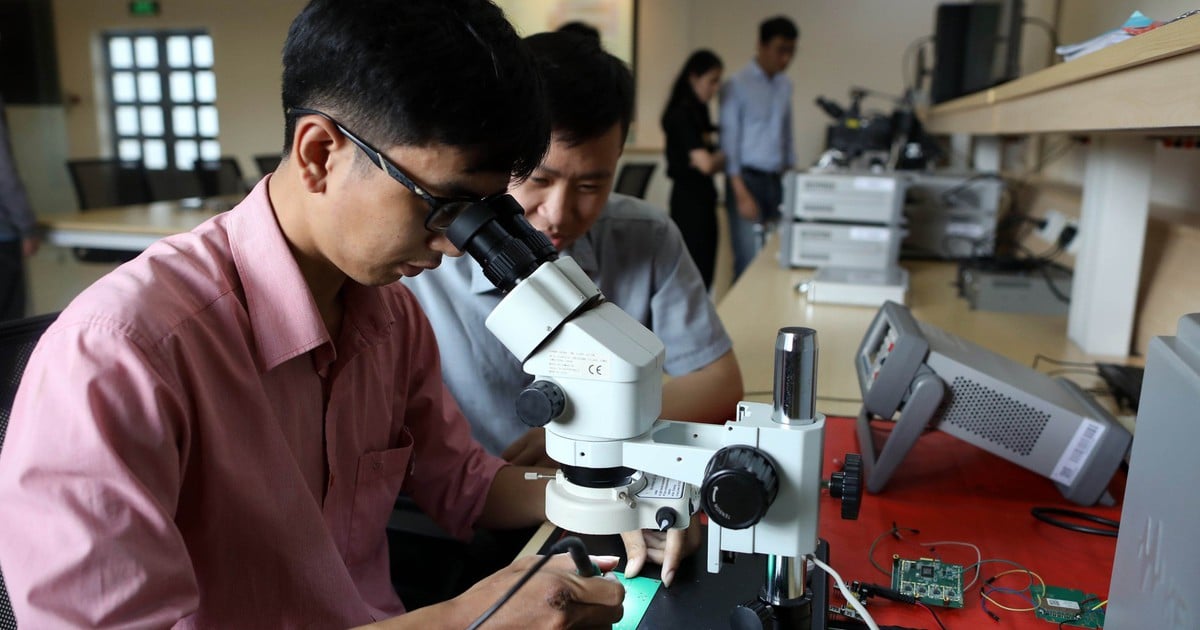

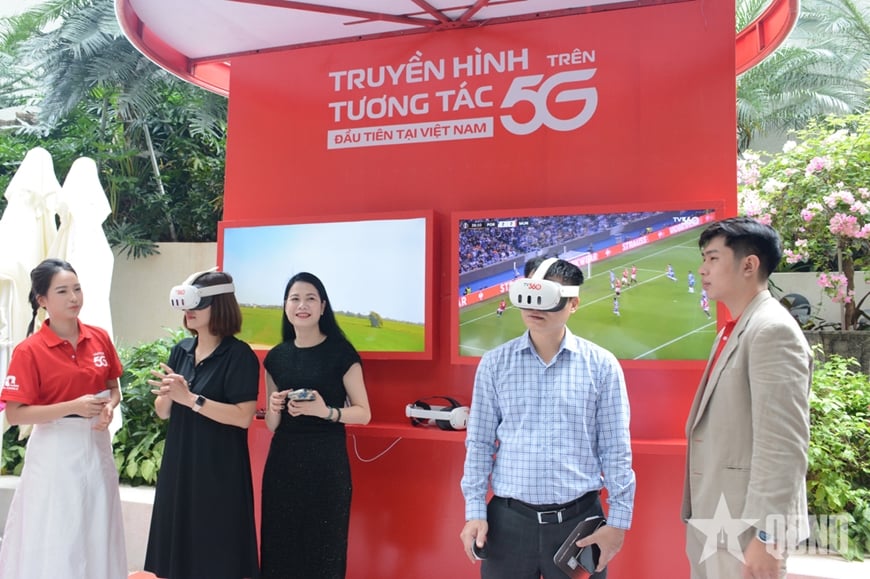

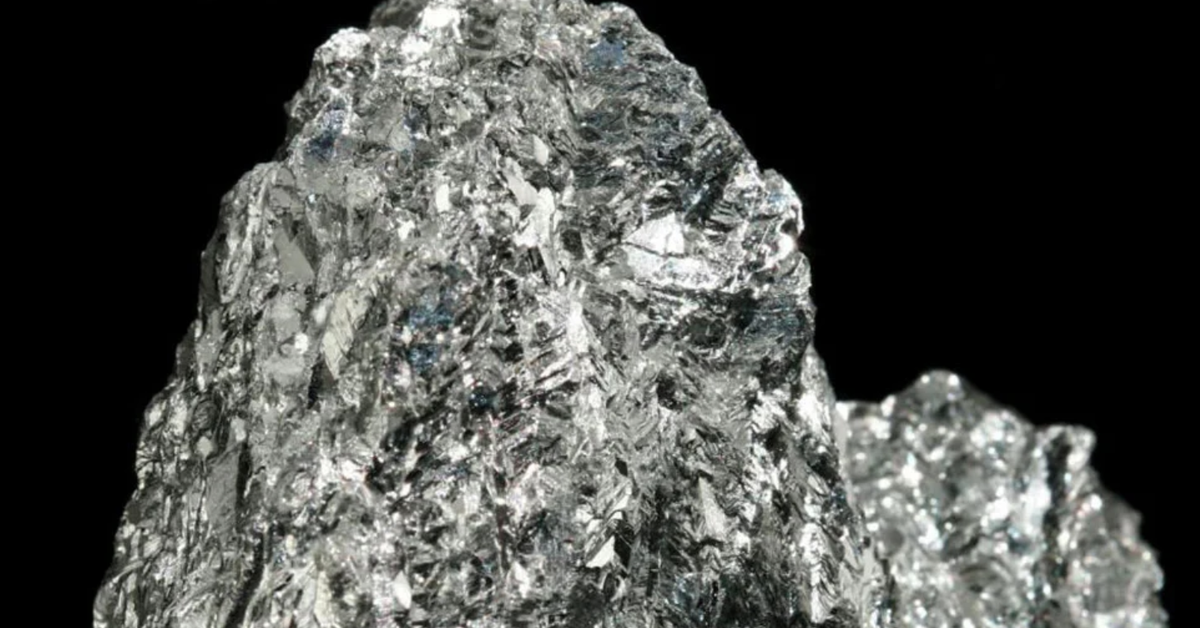

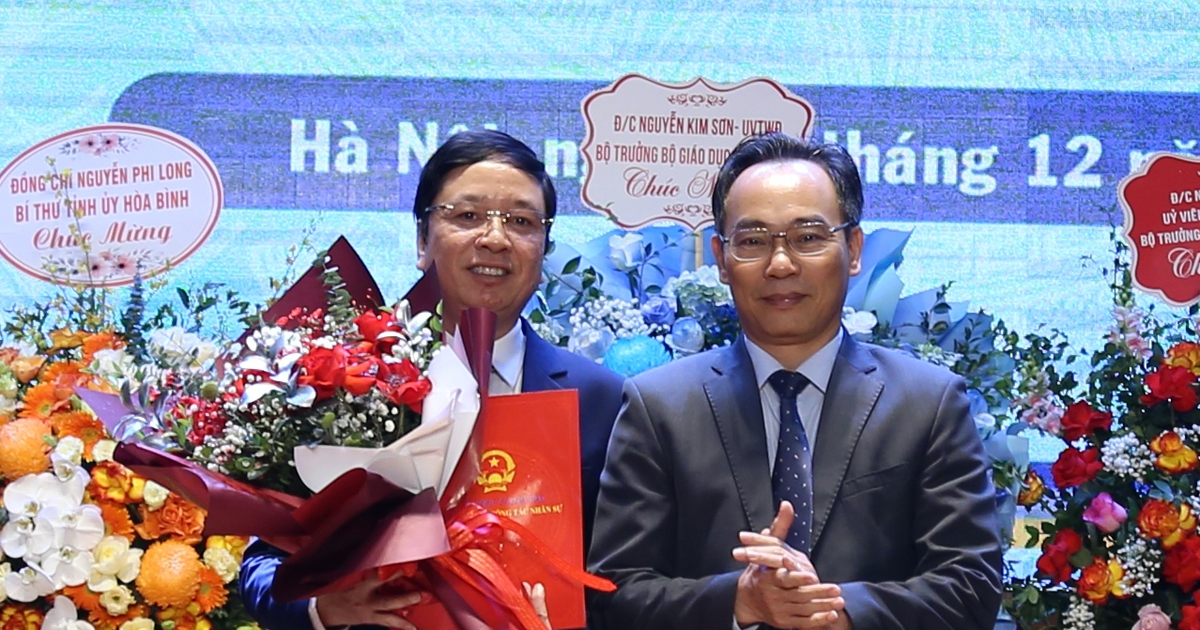
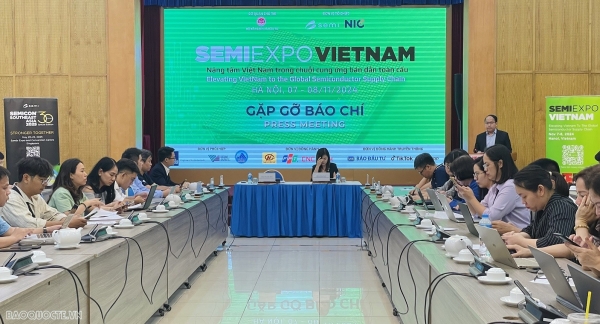

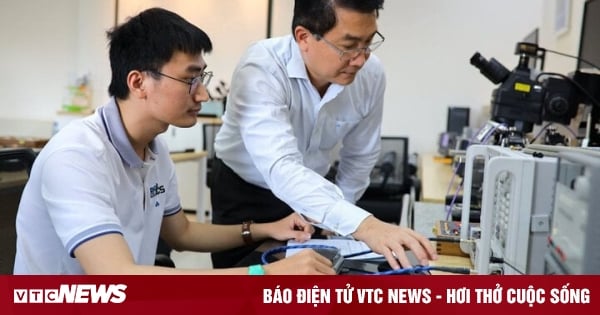

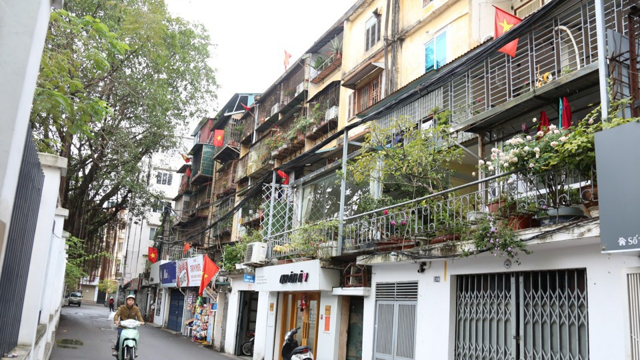

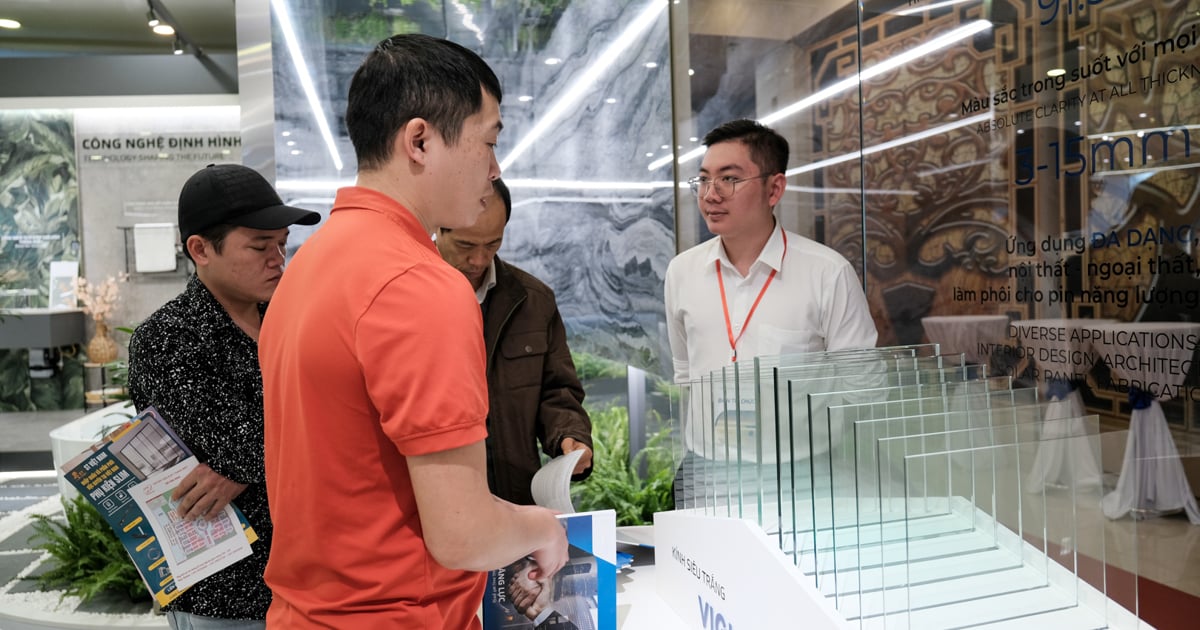
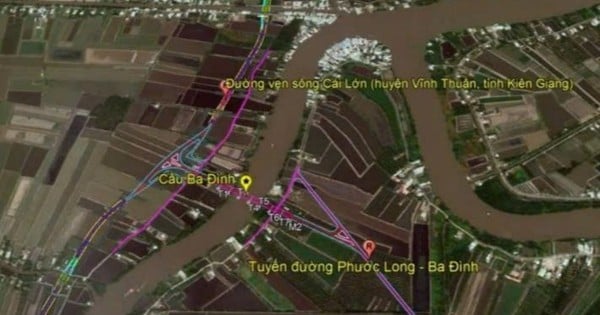

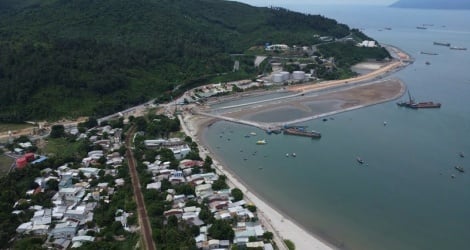


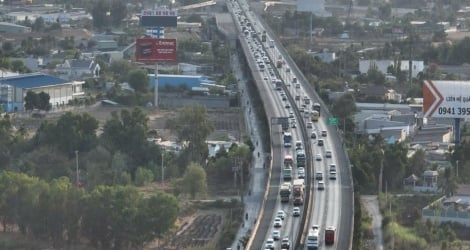

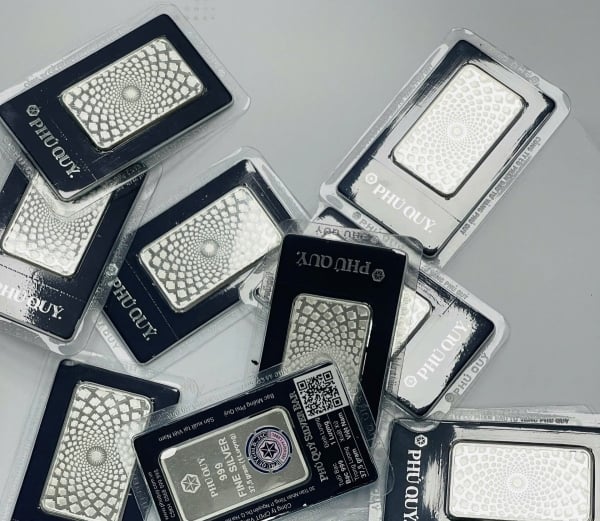


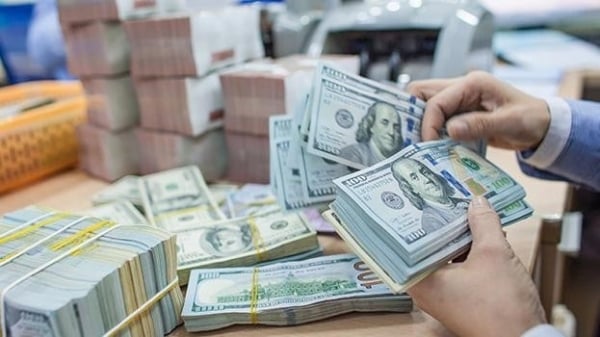
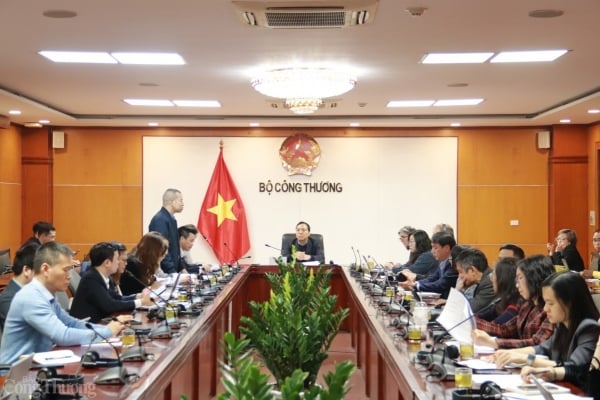
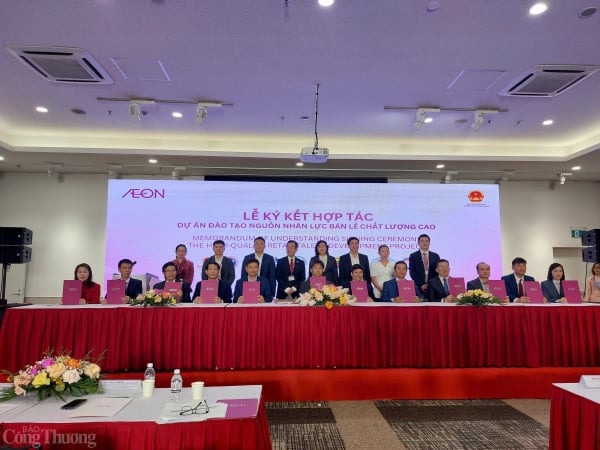
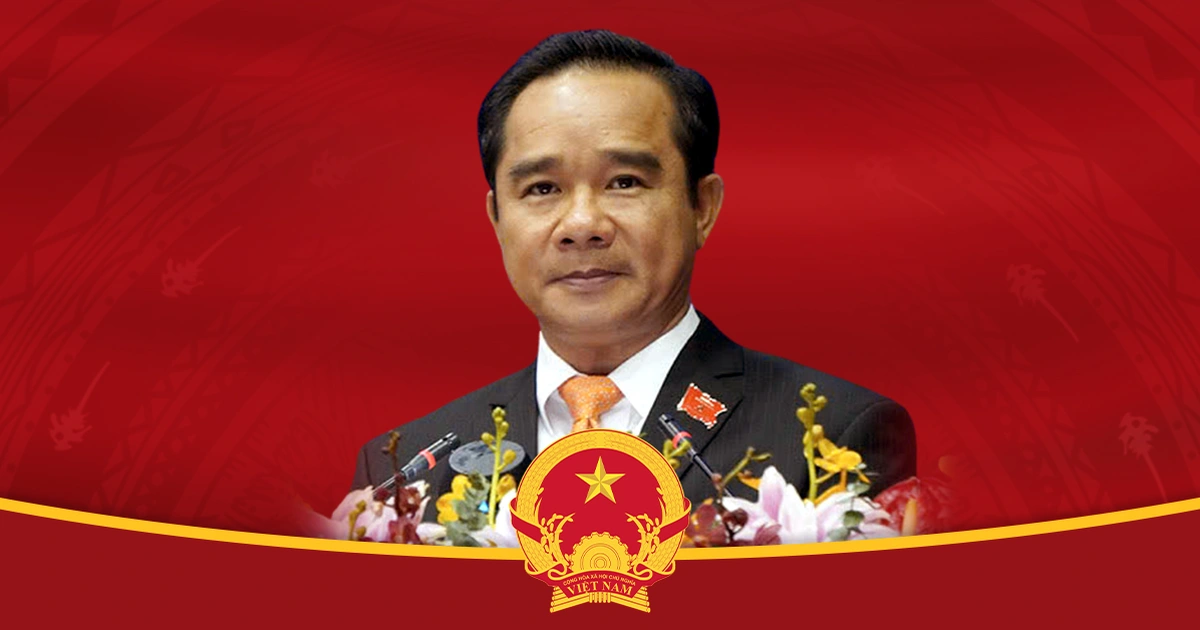






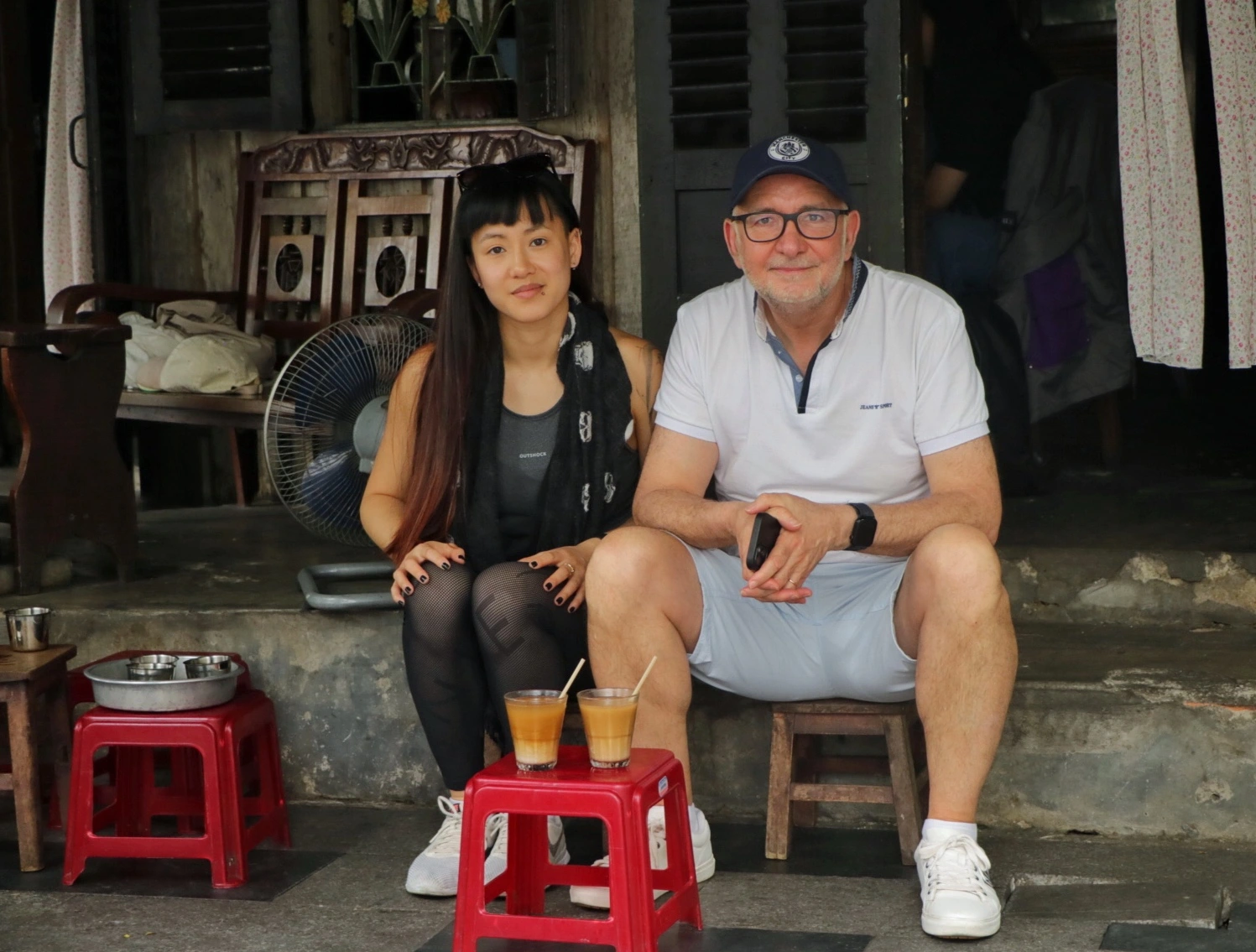

Comment (0)